
The grocery industry is a highly competitive industry and, as so often is the case, those businesses that are saddled with extraordinary obstacles falter.
On Sunday, the 151-year old Great Atlantic & Pacific Tea Co., once the nation’s largest grocery chain and current operator of 395 grocery stores with 41,000 employees, filed for Chapter 11 bankruptcy. With $1 billion in debt, the company has struggled in recent years and has lost market share, making the bankruptcy filing all the more likely.
A&P, like most grocers, is struggling with the weak economy, reduced spending by consumers and intense competition. The company said aggressive competition from nontraditional food retailers like warehouse clubs, discount chains such as Wal-Mart Stores Inc., and dollar stores have compounded the problem.
The company reported revenue of $9.5 billion in 2008, which fell to $8.8 billion in 2009. And while the 2010 fiscal year is still under way, in its most recent quarter A&P reported that its net loss had doubled as revenue continued to sink.
It is also struggling with pension costs, lease costs for store locations it has closed, and a contract with C&S Wholesale Grocers Inc., which provides the majority of its inventory, which it has been unable to negotiate down to lower costs.
A&P also has one of the most heavily unionized work forces in the business, with 95 percent of its workers covered under collective bargaining agreements. It said in its filing it would seek to work with the unions to lower those costs.
The United Food & Commercial Workers represents nearly all of A&P’s workers in 26 UFCW locals throughout (primarily) the Northeast. On Friday, in a statement to its members on its website regarding the rumors of the impending bankruptcy filing, the United Food & Commercial Workers, Local 342, laid the blame for bankruptcy wholly at the feet of management:
Although bankruptcy is a fearful thought, in some cases it could be a positive thing to keep the company alive and operating while going through the restructuring process. We believe that filing for bankruptcy is the intent of the company based on the analysis from our financial expert. Your concerns and your worries should be put in the form of a question; we should not be attacking each other or blaming any one company for this occurrence. We believe that this is the result of poor management over the course of many years by the company.
Separately, UFCW Local 1262 in New Jersey ripped into the company for the timing of its bankruptcy filing:
Harvey Whille, president of the UFCW Local 1262 in Clifton, which represents 4,000 Pathmark employees in New York and New Jersey, blasted the company for filing for bankruptcy so close to the holidays.
“You’ve got people who have given their lives to this company,” Whille said, adding: “It’s a very frightening thing.”
Whille, who said the company had yet to officially notify his union Sunday, said the union had retained a bankruptcy attorney and financial analyst.
“We’re going to protect the rights of our members to the fullest extent of the law,” Whille said.
Among the issues it cited for its bankruptcy filing—industry competition, paying leases on “dark stores,” and problems associated with supplier and service contracts (with unionized companies)—was the cost of its own unionized workforce. As 95% of its workforce is covered by contracts with the United Food & Commercial Workers, as it explains in its filing with the Court, A&P’s liabilities were only going to increase:
In addition to their specific obligations under the GHI contract, the Debtors are parties to approximately 39 separate collective bargaining agreements (covering approximately 95 percent of the Debtors’ workforce).
Among other things, these agreements require the Debtors to make significant pension, and health care-related contributions on their employees’ behalf. The Debtors believe these legacy obligations will continue to increase over time. Certain of the Debtors’ multi-employer pension plans have already reached “red” or “yellow” status under existing regulatory requirements, and the Debtors have recorded for a liability $97 million from previous pension fund withdrawals, as of September 11, 2010. The Debtors may have a potential additional withdrawal obligation of up to $50 million payable over a period of up to 25 years in the future. The Debtors believe their collectively-bargained wage, pension, and health care obligations place them at a competitive disadvantage and are unsustainable at existing levels.
For the time being, the company does plan on keeping its stores open, having secured $800 million worth of financing.
A&P secured $800 million in debtor-in-possession financing from JPMorgan Chase & Co. and will have immediate access to a $187 million loan and $200 million in letters of credit, allowing it to keep stores open, according to the filing.
In the meantime, the UFCW will likely continue blasting the company to its members and the public at-large, while ignoring its own culpability in helping to drive A&P into bankruptcy.
[Emphasis added throughout.]
_________________
“I bring reason to your ears, and, in language as plain as ABC, hold up truth to your eyes.” Thomas Paine, December 23, 1776


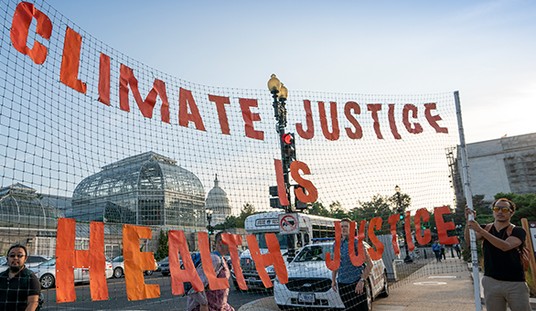


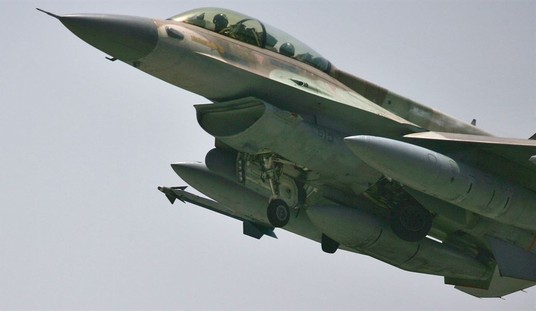


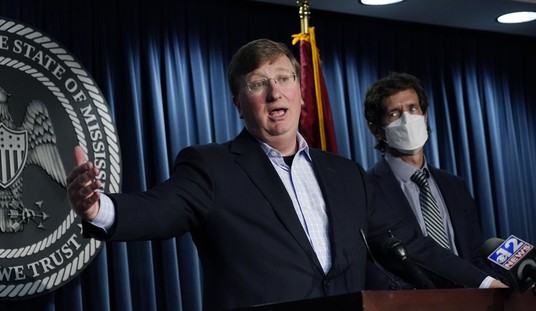

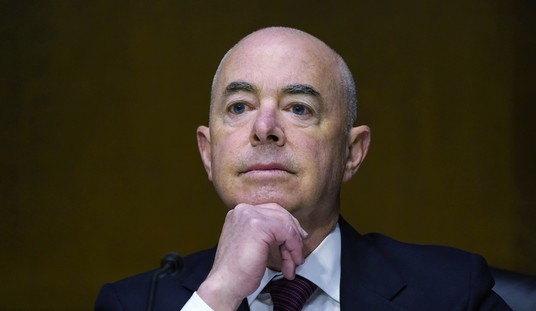
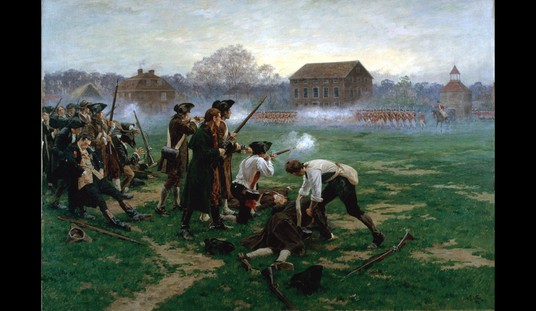

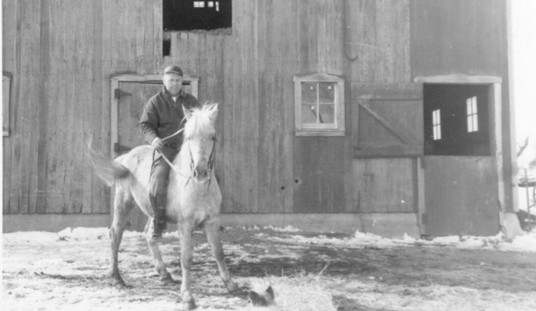
Join the conversation as a VIP Member